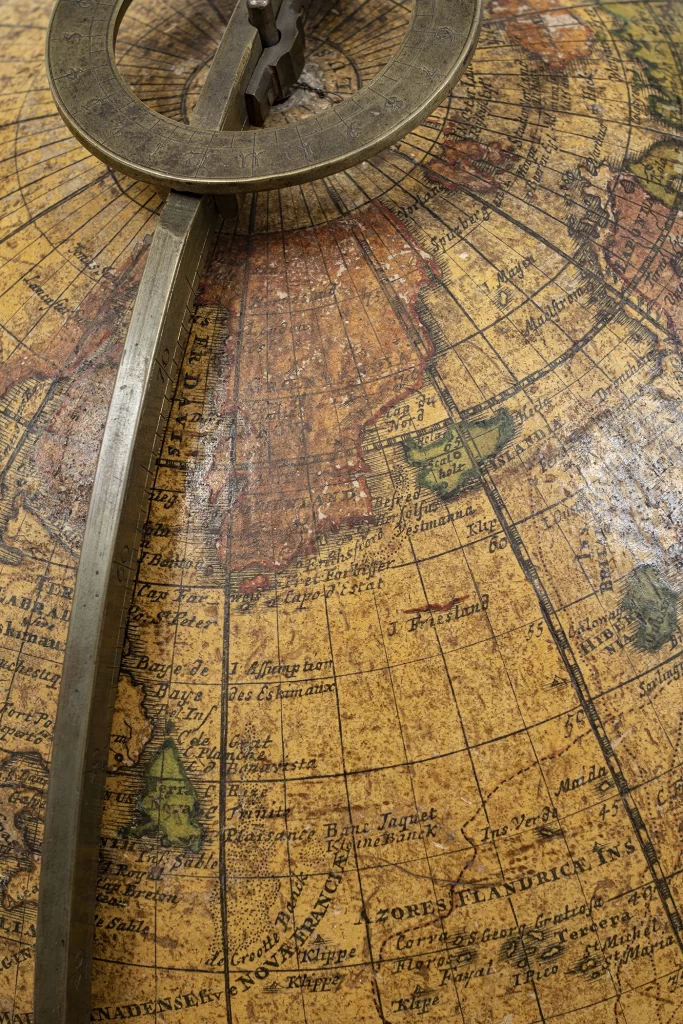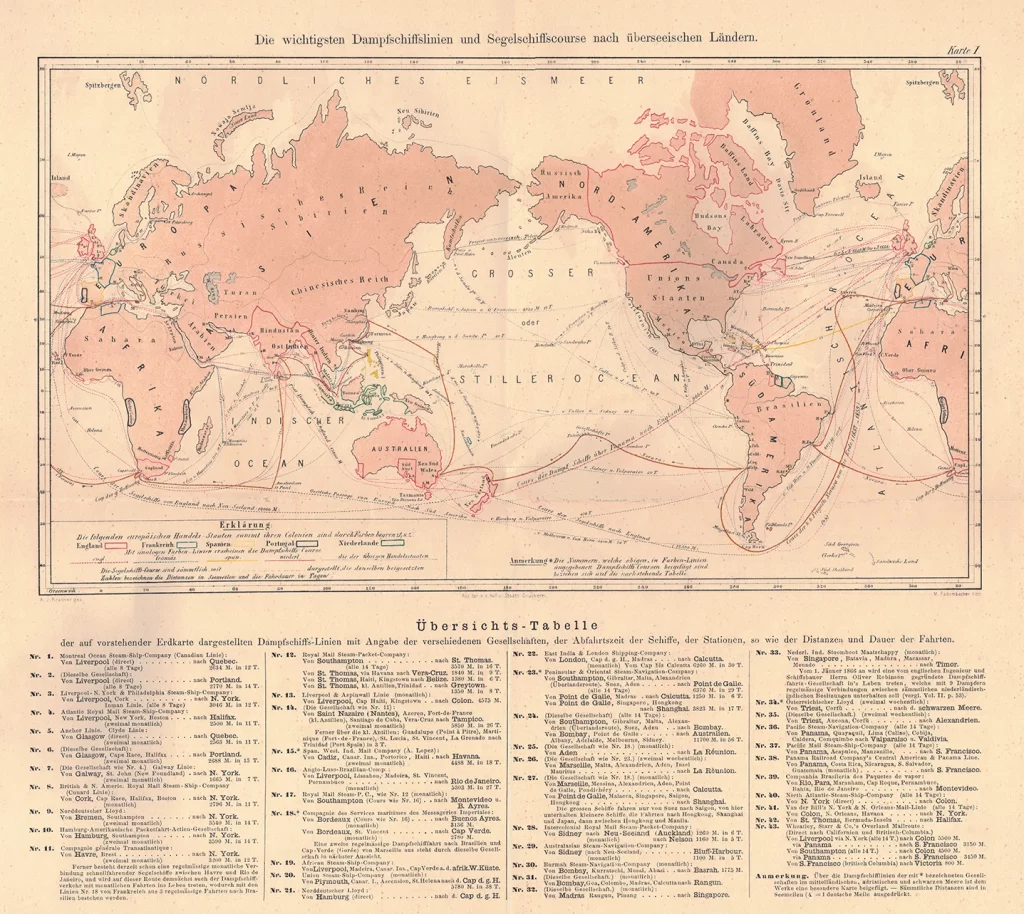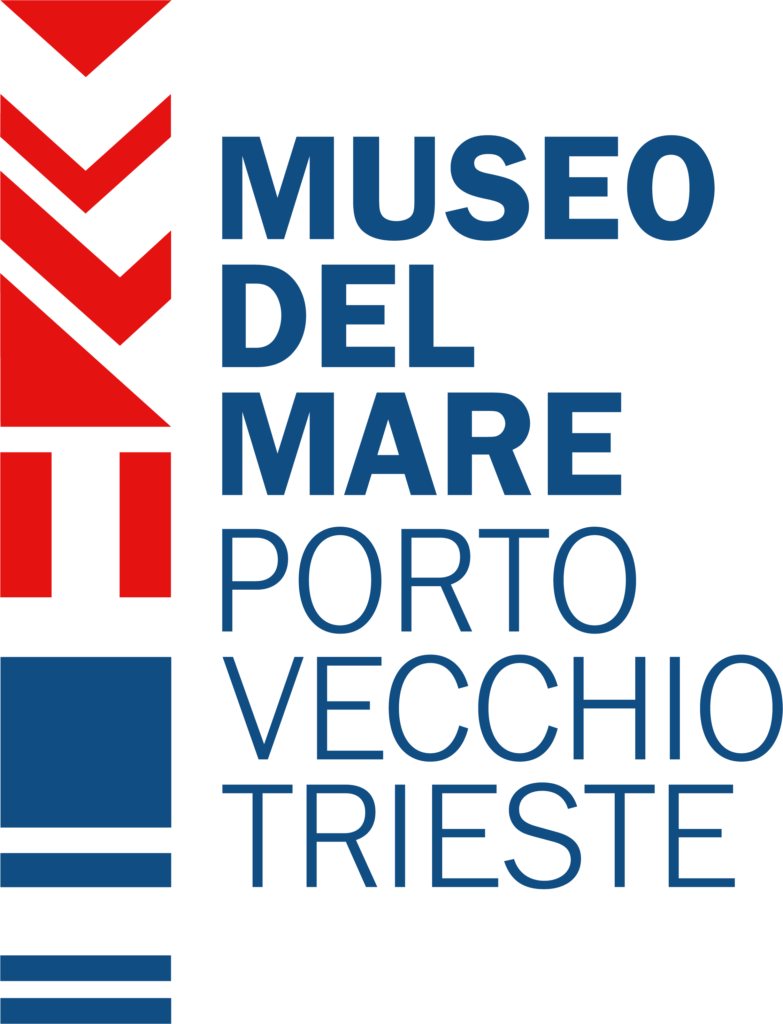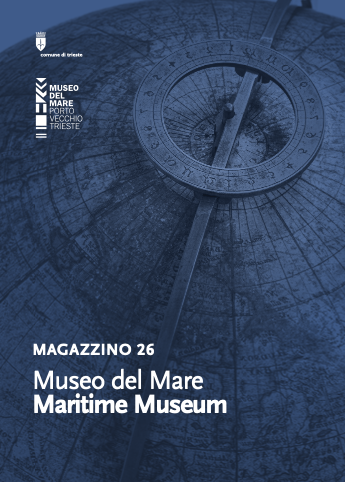Voyages of discovery
Navigation made the great explorations of the globe possible, and economic and military pressures led to encounters, not always peaceful, between different cultures and to the expansion of knowledge.
Ships were equipped for long voyages involving stops for exploration, the collection of finds of various kinds, and the study of the geographical, natural and social features of the lands visited.
Trieste’s revelatory scientific missions began with the diplomatic voyages of the Imperial Navy. In 1817 the Archduchess Maria Leopoldina, daughter of Emperor Francis I, left Trieste to marry Pedro of Bragança, the Governor of Brazil, accompanied by naturalists and artists who ventured into the interior to document everything about the country.
But the most notable voyage was the circumnavigation of the globe by the frigate Novara (1857 – 1859), carried out at the behest of Archduke Maximilian. It was the first Austrian ship to accomplish the feat, bringing back numerous finds, some of which entered the collections of the present Museum of Natural History of Trieste.
No less important were the Arctic explorations, particularly the Austro-Hungarian expedition to the North Pole (1872-1874) which led to the discovery of Franz Josef Land and, thanks to the efforts of Captain Karl Weyprecht, to systematic study of the polar areas.
From Trieste to the World
This section displays models of three ships used by the Habsburg Empire for exploratory and diplomatic voyages: the Novara, with the 1861 modifications to add steam propulsion; the corvette Zriny, used for commercial and scientific missions in the Mediterranean, Central America and Asia; and the yacht Greif, used by the Imperial Family to visit domestic and foreign locations.
As was normal for scientific expeditions of particular importance, comprehensive reports of both the Novara and the Zriny voyages were published, listing navigation difficulties, places visited, and observations of a scientific nature accompanied by engravings derived from sketches made by passengers, often artists specially taken along for this purpose.
Sometimes the travel diaries of members of the Imperial family were also published, focusing on the more picturesque and poetic aspects of the places visited.




